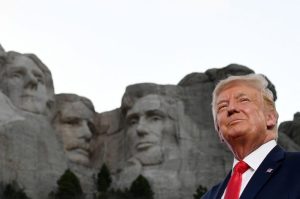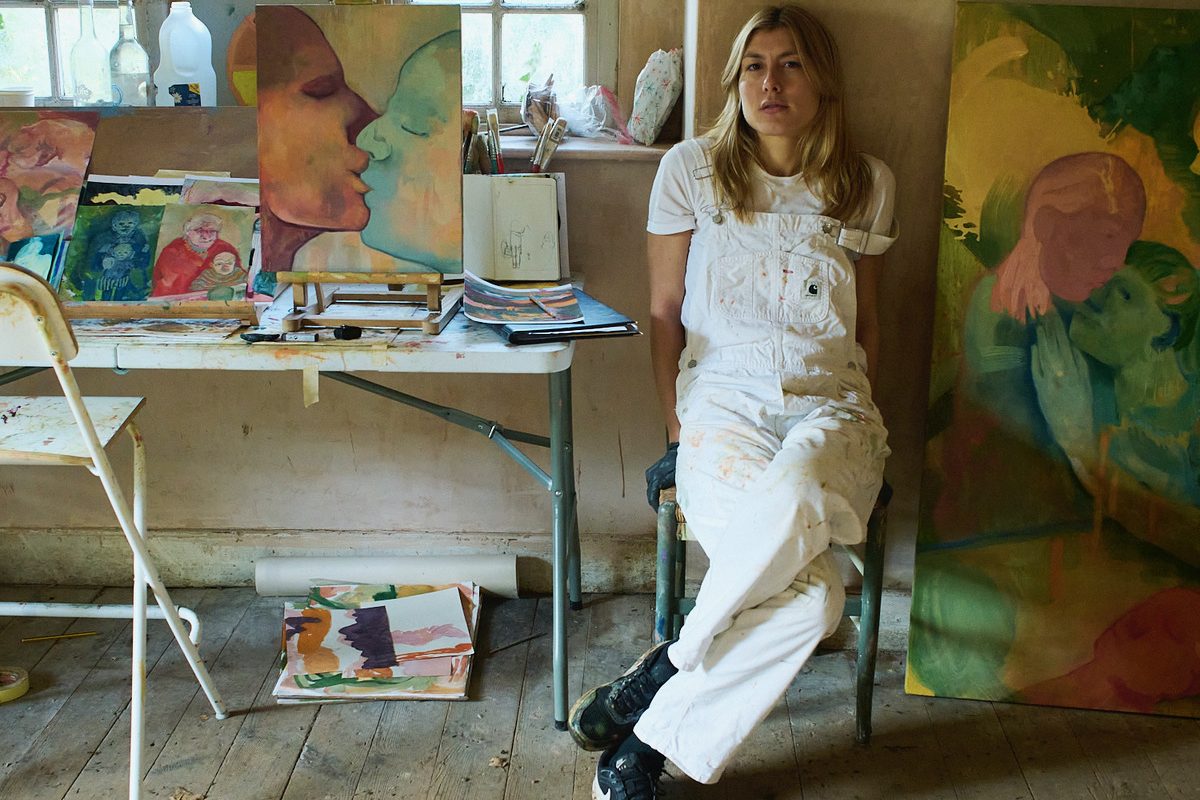Great books make genres jump. It happened with W.G. Sebald’s The Rings of Saturn, which looked like a travelogue, claimed to be a novel and felt like neither. Albert and the Whale by Philip Hoare, which recalls and converses with Sebald, is such a work. An antic and original creation, it is not exactly a biography of the revolutionary Renaissance printmaker, painter and theorist of geometry and perspective. For the fuller story of Albrecht Dürer, turn to Erwin Panofsky’s mighty monograph, as Hoare does frequently.
Instead, Hoare has made a book as much for Dürer as it is about him. Dürer’s life and art are thrillingly encountered. But imagine writing a letter to a brilliant friend containing a portrait of them, filling the gaps between you with imaginative companionship: ‘The grasses are flowering and the day is windless, but the bent stems retain the memory of a breeze. Dürer marches out in his boots, spade over his shoulder, to select his specimen.’ Hoare’s reading of the ‘Great Piece of Turf’ watercolor draws on Turner’s description of wind, ‘the wavy air’; compares notes with Erasmus (‘He even depicts that which cannot be depicted,’ says the philosopher); pictures the painter — ‘The artist shrugs. I just did it’ — and comes to its own conclusion: ‘Dürer looks so we can see.’
No reader will forget studying the ‘Apocalypse’, ‘Melancolia,’ the ‘Angel’, the rhino or the self-portraits in Hoare’s company. Following him between them is deliberately dizzying. Sometimes you know where you are, eating at a café table in Zeeland, for example, on a shadow pilgrimage to the one Dürer made in 1520, when he hoped and failed to see a washed-up whale. Occasionally you are in the Louvre, in Hoare’s home in Southampton or Dürer’s in Nuremberg; but mostly there are no steadying bannisters of time or containing walls of space at all. Museums, cities and eras shimmer by like jewels tipped down a stairwell.
Dürer would seem to be at the center of it all but often he is offstage, the host dipping out of the party, leaving you in the Dürer-influenced company of Thomas (Mann), Marianne (Moore), Wystan, Oscar, Herman (no Hoare gathering without him, his forebear in literary cetology), Max Sebald, ‘the Starman’ (David Bowie and Hitler are presented, unnamed, like polar opposites) and a crowd of Hoare’s friends, including the bohemian painter Pat de Groot, an inspiration the book memorializes.
Hoare abandons familiar conventions of non-fiction for a carnival of polymathic cross-reference, fantasy and structure by association. Then, regularly and carefully, the whirl stills and we stand in communion with the artist. Of the Christ-like self-portrait of 1500, painted at the age of 28, Hoare writes:
‘He is where the modern world begins. That stare, that self, that star. This is where and what I am, he says: at the easel, in the mirror, on the canvas. From now on he will never not be famous.’
He notes that the marten fur Dürer wears was so desirable that Adam of Bremen said people wished for it as much as supreme happiness. The book makes obsession seem the normal condition of life. ‘If you weren’t willing to be reckless, what’s the point of the whole thing?’, asks Marianne.
Ludically, Hoare travels with his main subject. Dürer: ‘I paid 12 stivers for the horse.’ Hoare: ‘Ticket to art gallery, 12 euros.’ But this party is a revolutionary assembly as much as a salon, a defiant and repudiating meditation on death. In a museum’s maritime ossuary, ‘I couldn’t help but see the owners of those bones not dead but alive, stretching and growing and replacing themselves in unrendered flesh,’ Hoare records, and such is his rendering of Dürer. Art and imagination are surely the deaths of death, but why are we here? The book eschews certainty. Perhaps, writing to your friend, you simply want to relate fascinations that he would share.
Hoare dumps all that separates us from the artist over the side, starting with time and convention. ‘I know Dürer really well,’ he tells a reprimanding museum guide, ‘as if I mean it personally.’
Dürer inspires this puncturing of chronology and law. An American engraver, Andrew Raftery, tried to replicate Dürer’s engraving (his ‘Man of Sorrows’, 1515, is the first metal etching). ‘It took him 40 hours to etch an image one inch wide,’ Hoare writes. Modern magnification and focus were no help. ‘I was never able to fit quite as many lines in as the original. It was impossible to move beyond my own hand as an artist,’ says Raftery.
In Albert and the Whale Hoare moves beyond his own hand, which has hitherto brought hybrid biographies, memoirs and tremendous books on the sea and whales, to make something reckless, marvelous and unforgettable. Dürer would have loved it. So will you.
This article was originally published in The Spectator’s UK magazine. Subscribe to the World edition here.

























